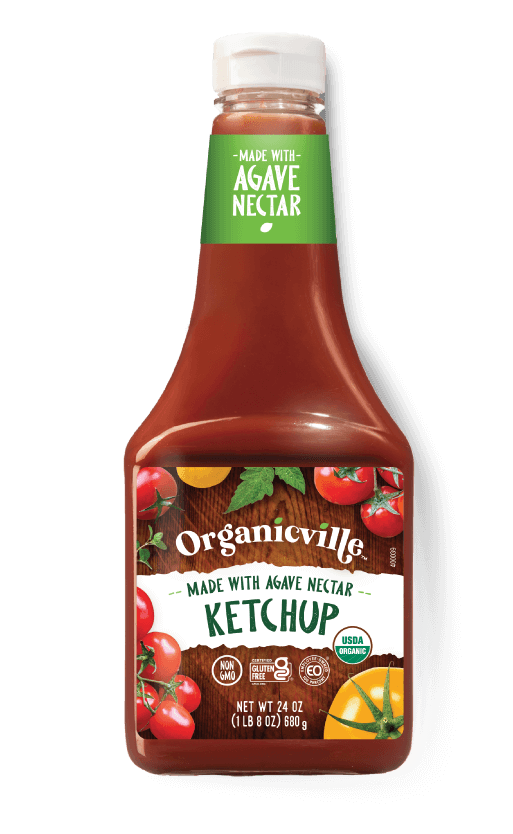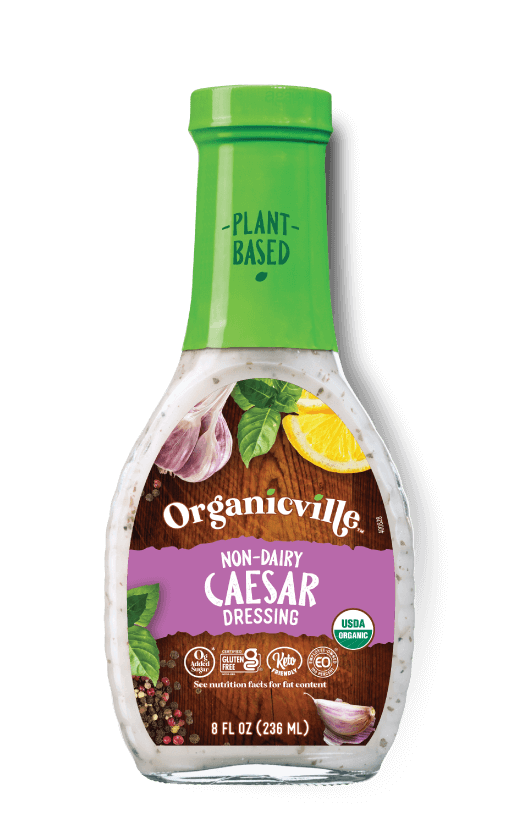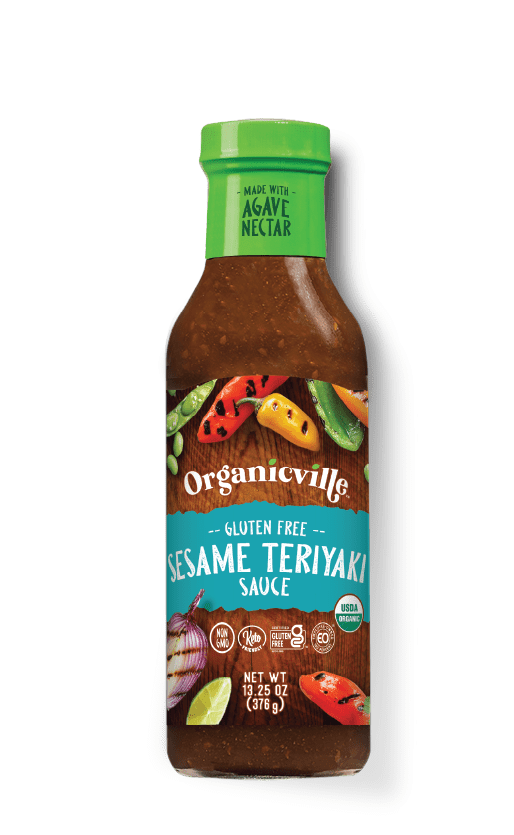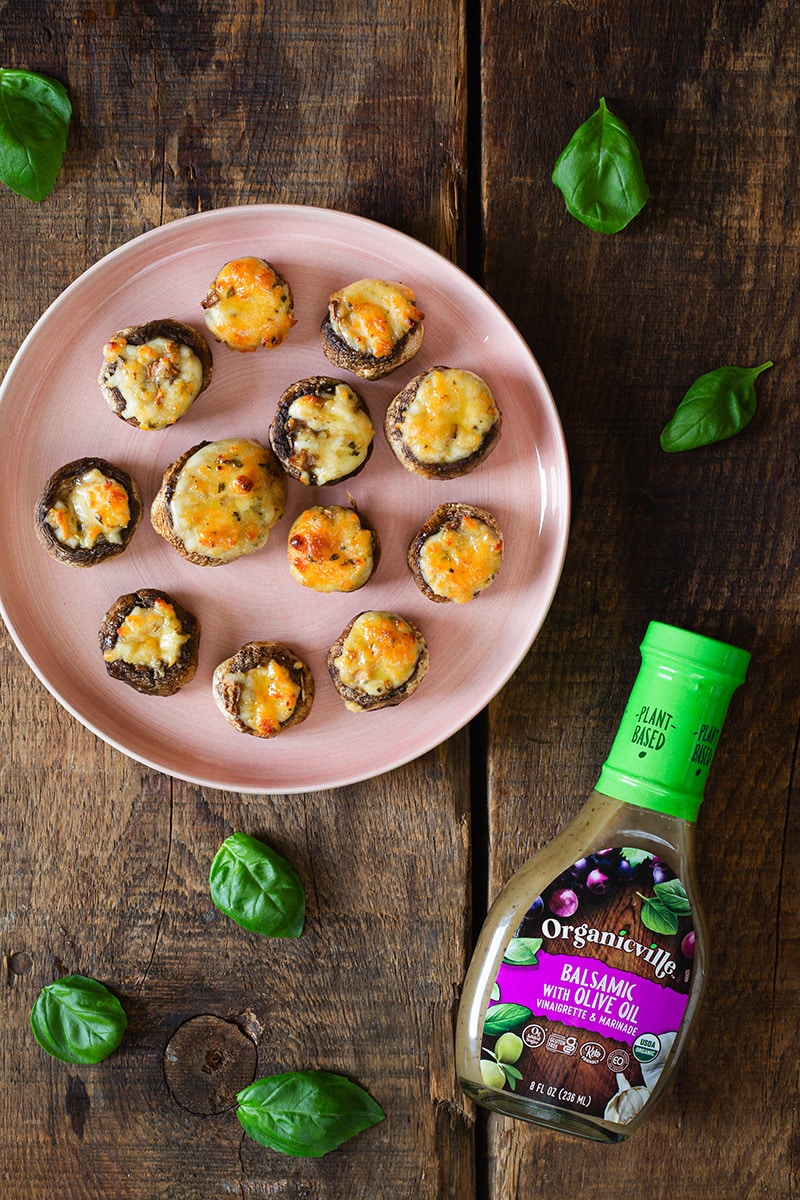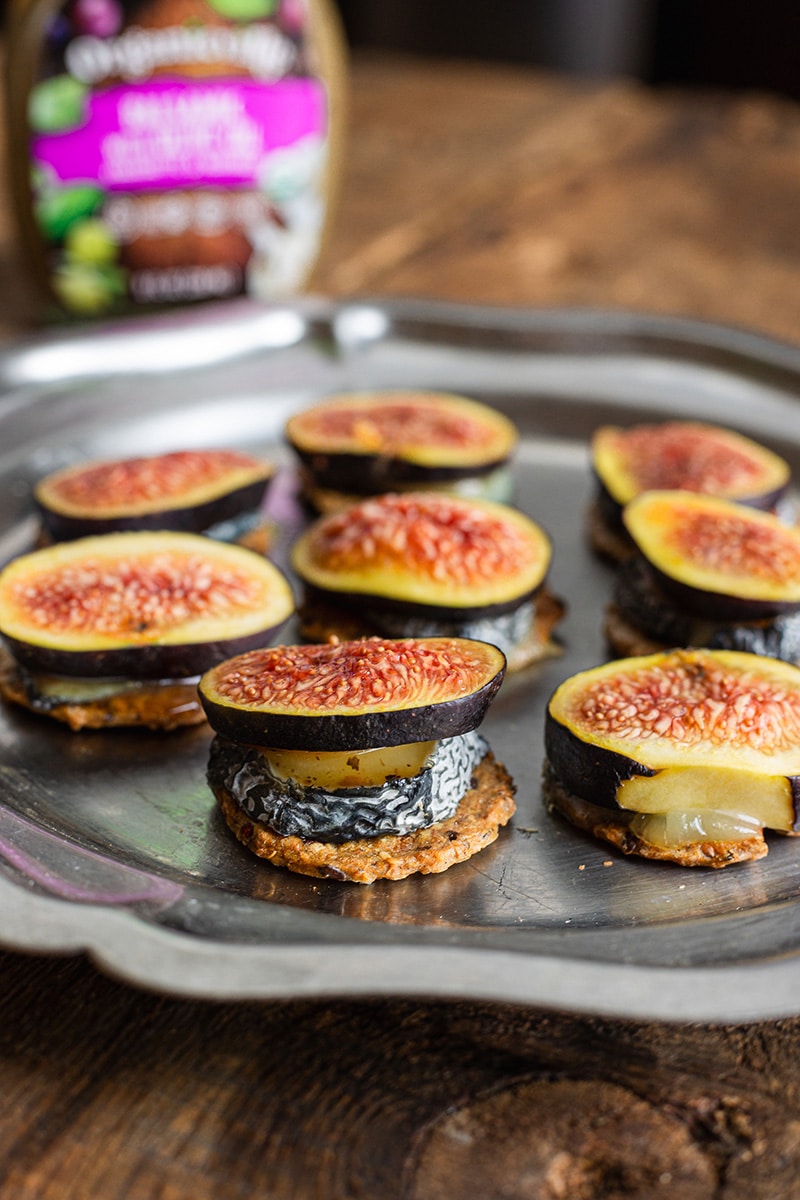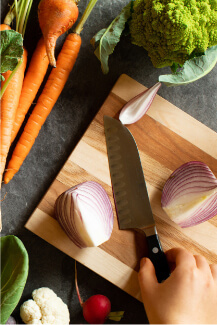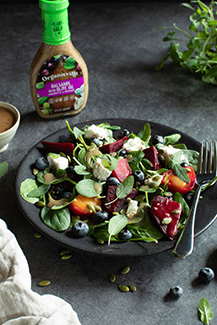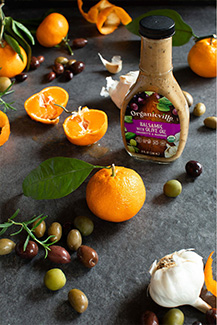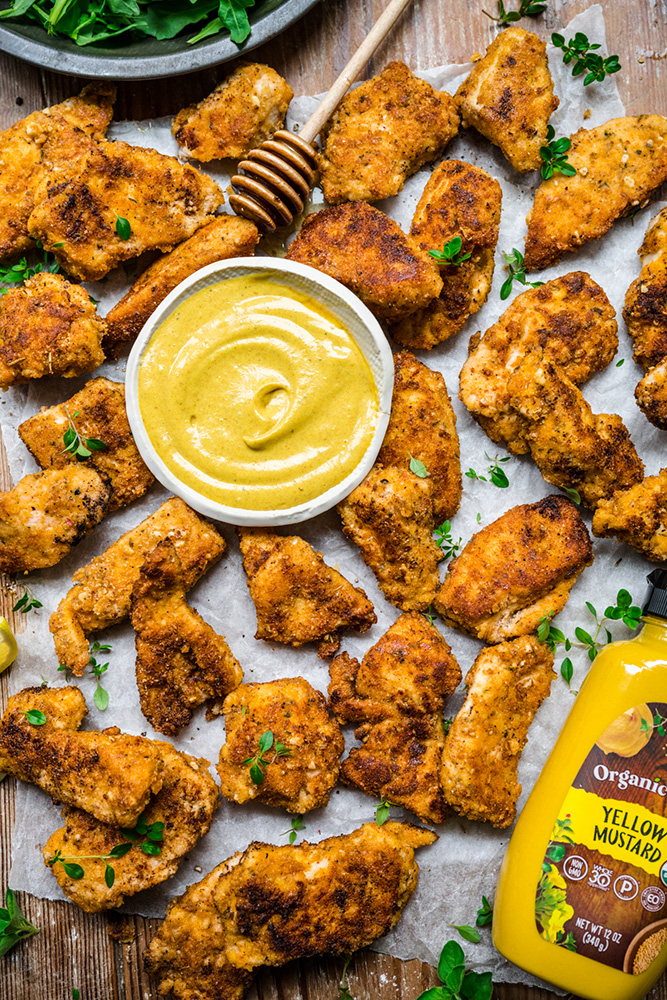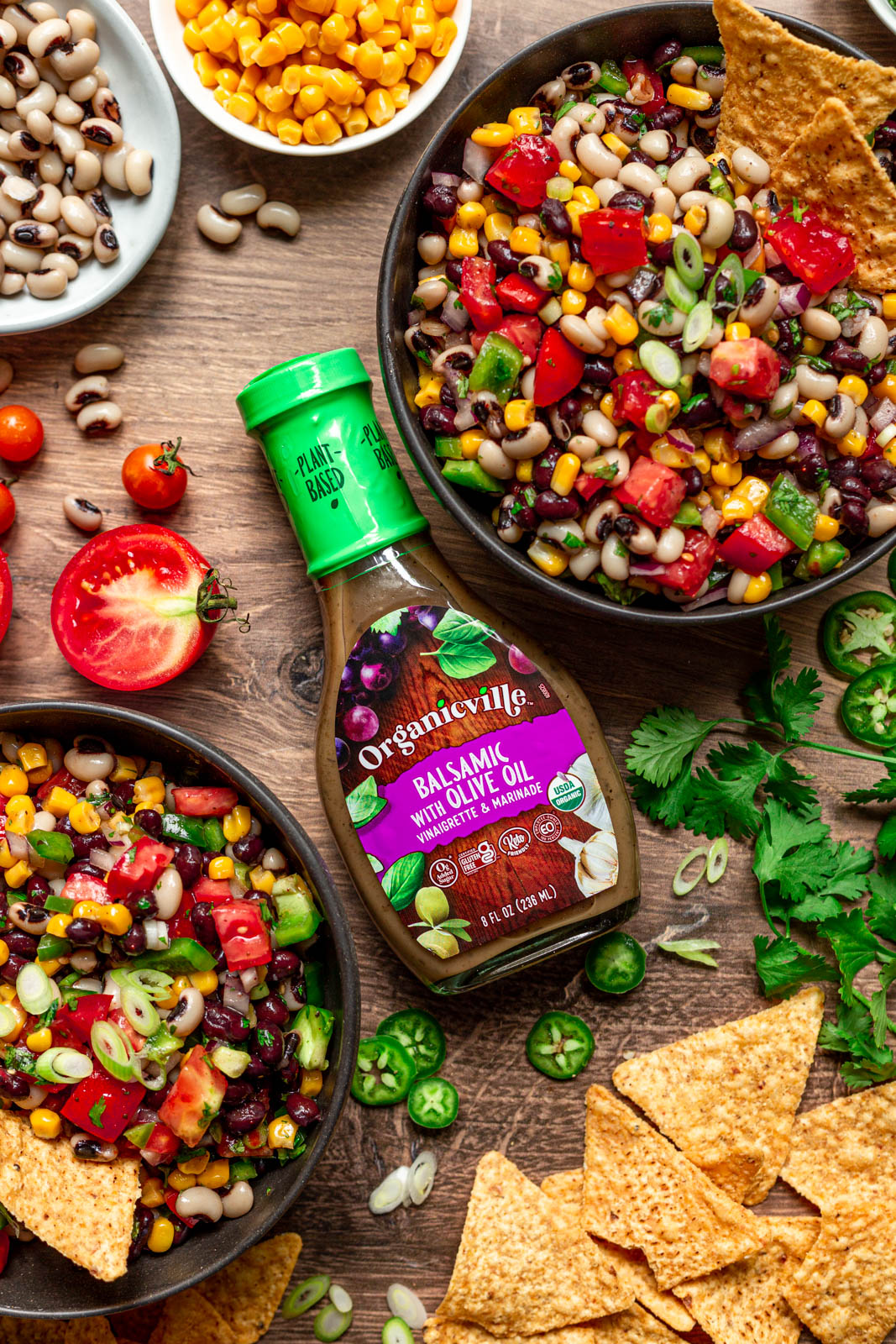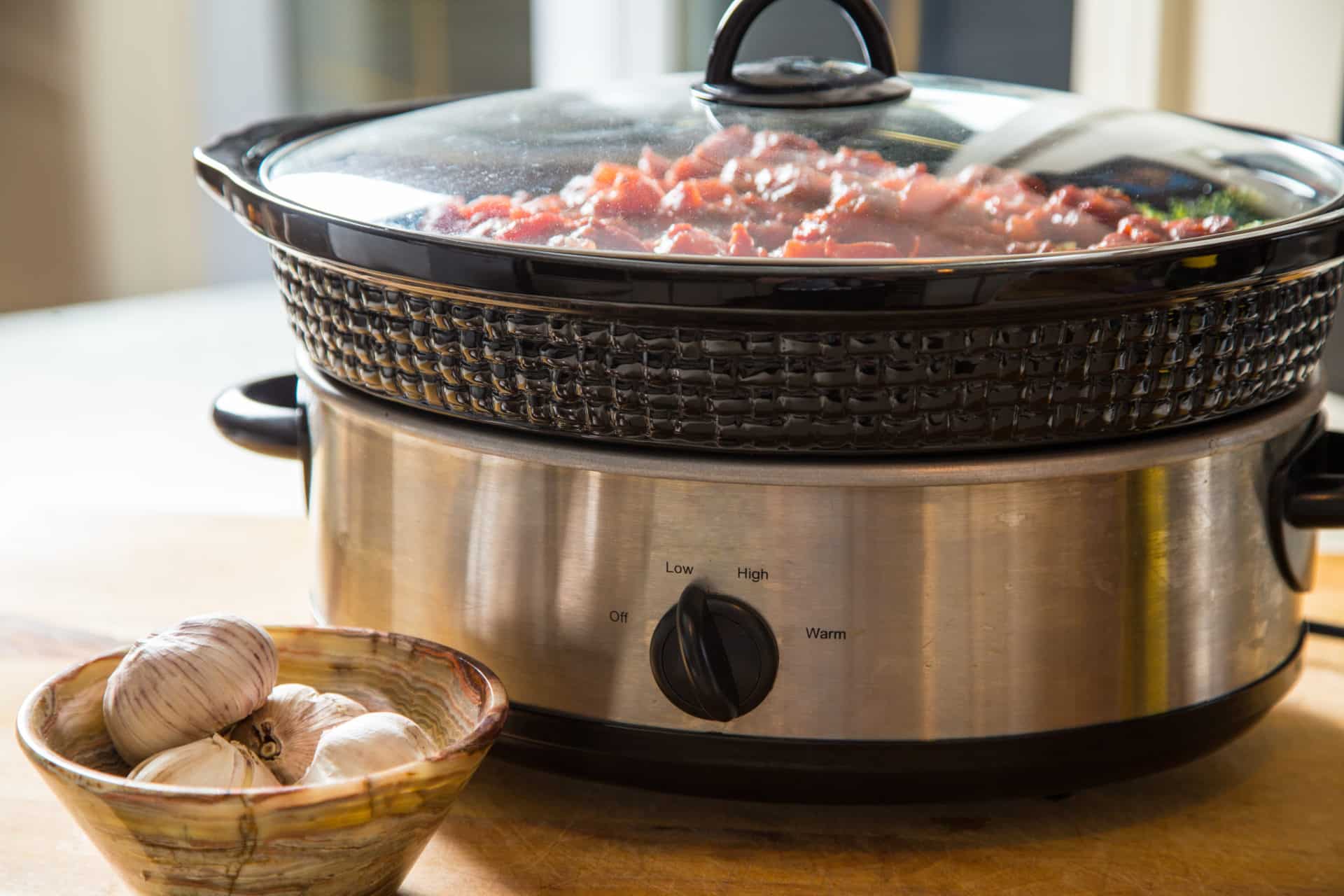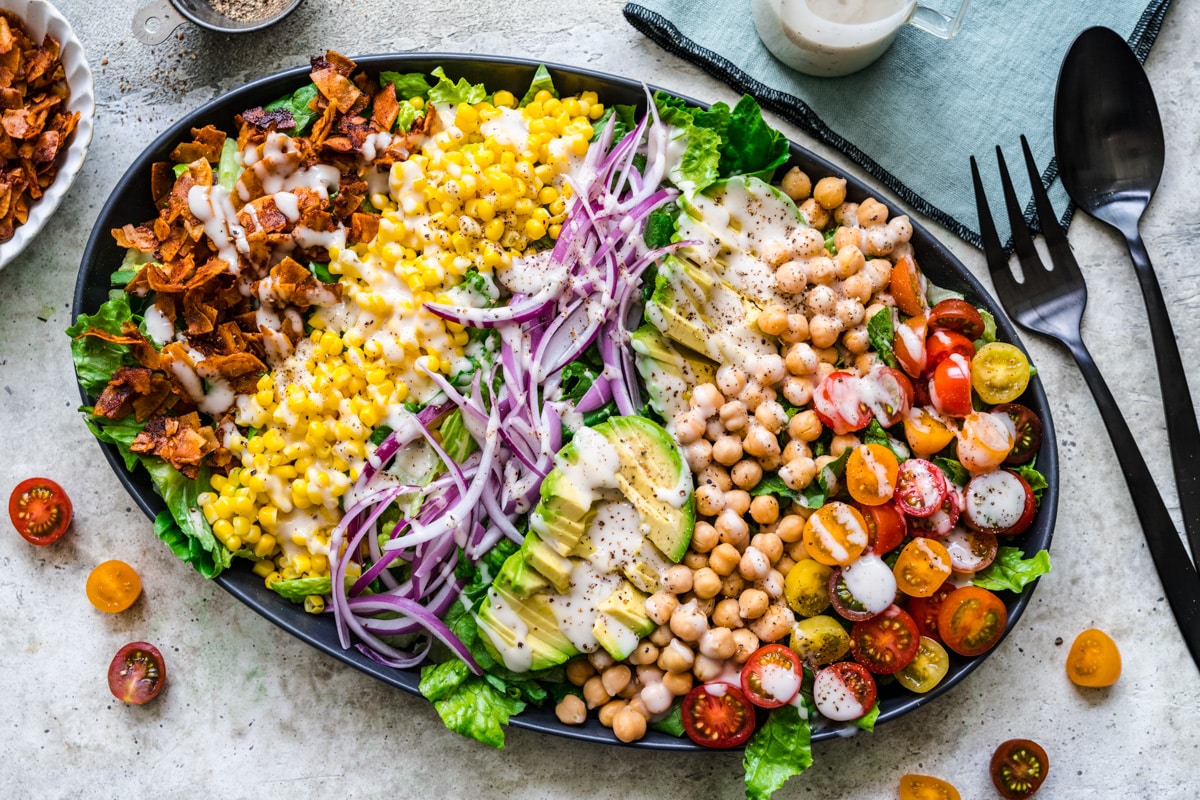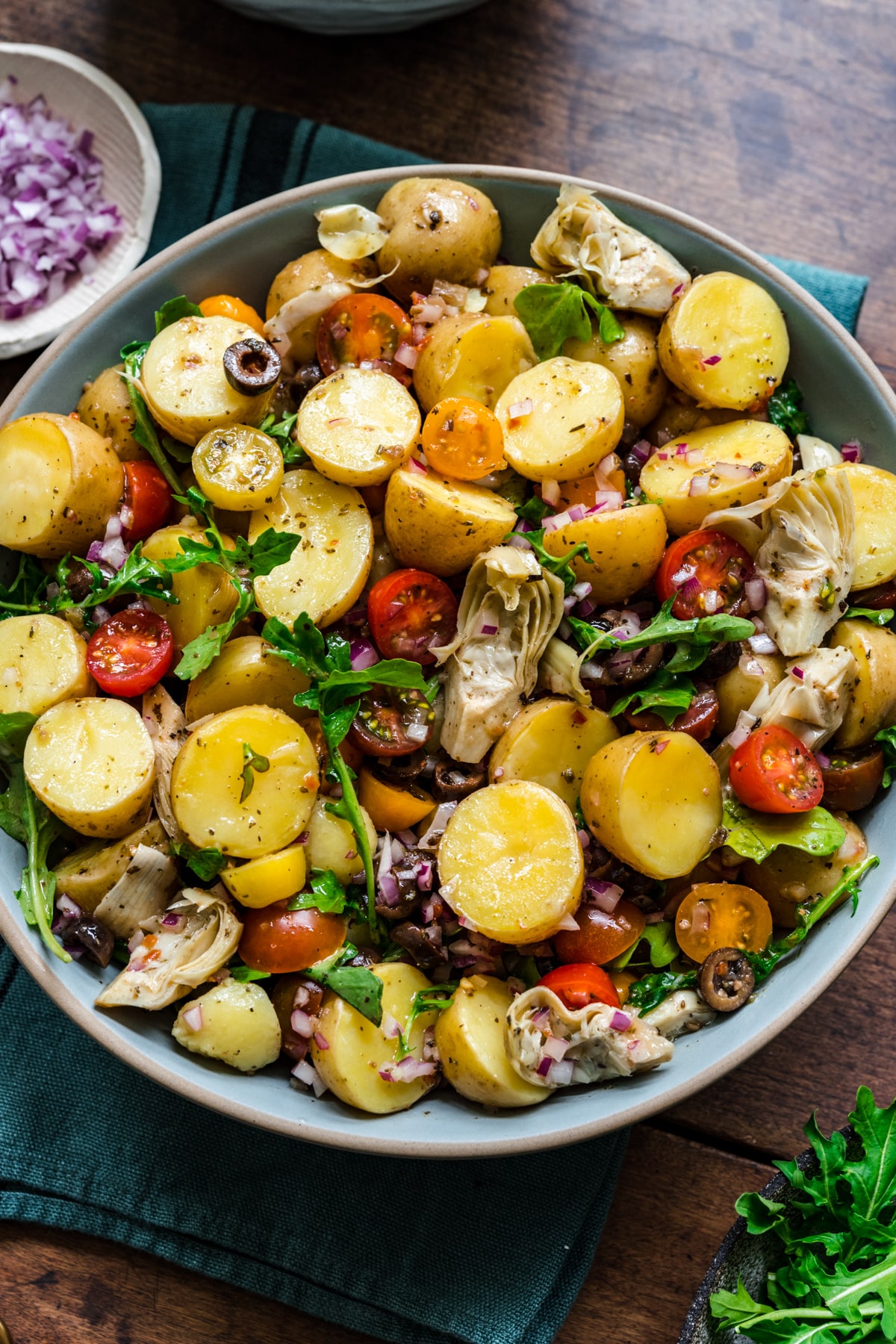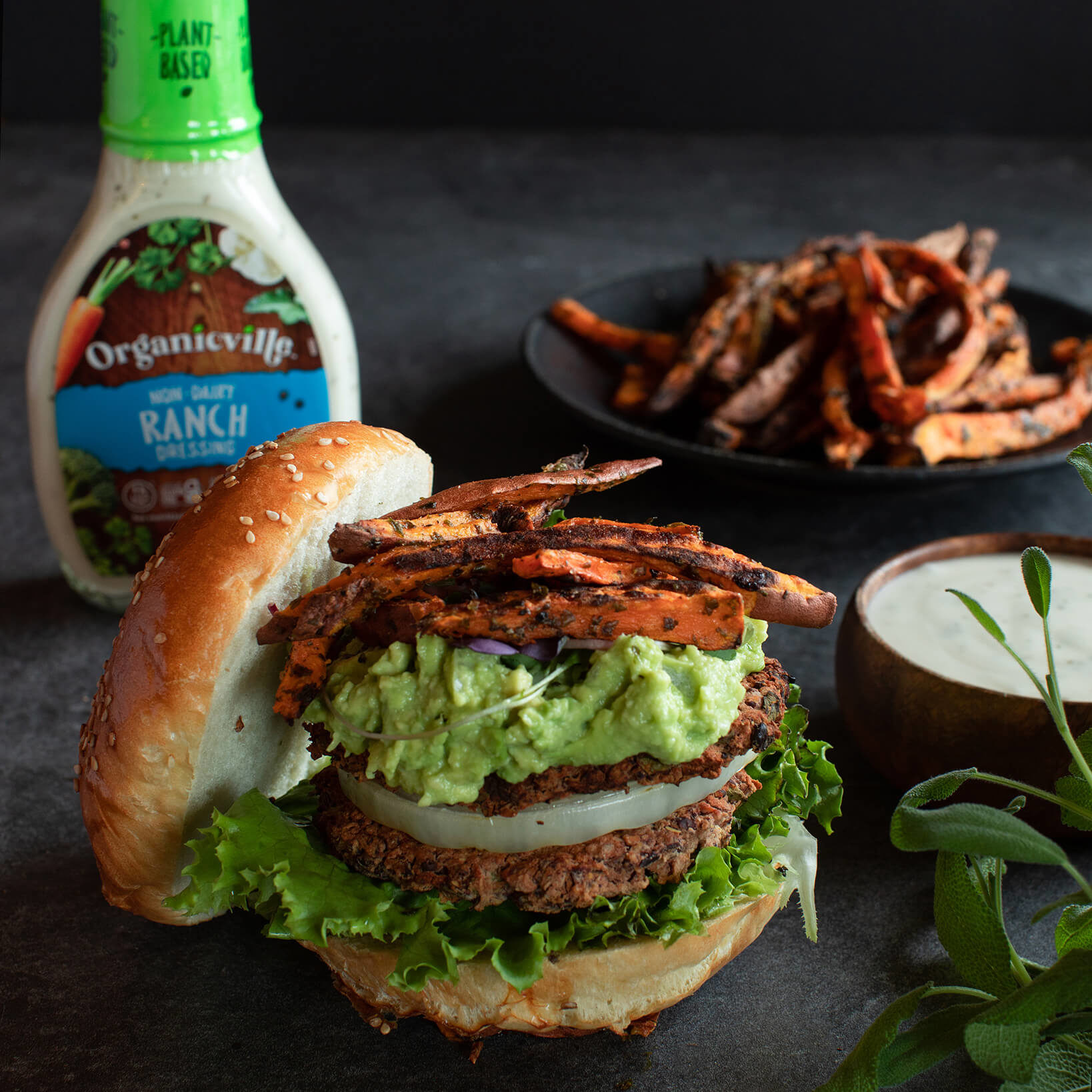For many people, January is not just the start of a brand new year; it’s the kickoff for personal goals we’d like to achieve and can feel like a blank canvas for an overall improved lifestyle. This may be why January is when so many people try out the Whole30 diet.
The Whole30 diet is a 30-day elimination diet that people use to help identify the source of digestive concerns or to reach weight loss goals. It’s more of a lifestyle change than a simple diet and focuses on eliminating certain foods that may negatively impact your health – such as sugar, alcohol, and dairy. The benefits claim to include fat loss, reduced cravings, higher energy levels, and even better sleep quality.
This elimination diet requires fresh, minimally processed foods and includes the following:
- Meat, eggs, and poultry: beef, veal, pork, horse, lamb, chicken, turkey, duck, and other proteins
- Fish and seafood: fish, anchovies, shrimp, calamari, scallops, crab, lobster, etc.
- Fruits: fresh and dried fruits
- Vegetables: all vegetables!
- Nuts and seeds: all nuts and seeds, nut milk, nut butter, and nut flour (peanuts are not included as they are actually legumes!)
- Approved fats: olive oil, coconut oil, ghee, avocado oil, tallow, lard, duck fat
So, while there’s a whole lot you can eat (wink wink), you may be wondering what you can do to keep the Whole30 diet interesting for all thirty days. Luckily, there are plenty of ways to bring bold flavor into your meals without breaking any rules!
1. Dress up your dishes
Eliminating dairy products and certain oils from your diet can be challenging, as so many of our favorite dressings, such as ranch, don’t fit in with the plan. Organicville has a line of non-dairy, plant-based, gluten-free, and Whole30-approved dressings you can use on roasted veggies, salads, and proteins. There’s no need to sacrifice flavor when you can swap for dressings that can do it all.
2. Buy or DIY some zoodles
Zucchini noodles, or “zoodles,” are a nutritious swap when it comes to satisfying your pasta cravings. You can load this dish up with mushrooms, more veggies, and your favorite protein, then top it off with Organicville’s Whole30-approved Italian Herb Pasta Sauce.
3. Get creative with condiments
Sandwiches are a lunchtime staple, but it doesn’t seem like an option when you can’t use bread. Fortunately, Stone Ground Mustard is a Whole30 condiment you can use to boost the flavors in a lettuce wrap. Made with just organic mustard seeds, organic vinegar, herbs, and spices, this condiment will transform everything from carrots to wraps and proteins into a tasty snack or meal. Plus, it’s created without any added salt, making this the perfect condiment for those who are health conscious or require a low sodium diet.
4. Bake some almond flour chicken tenders
Traditional chicken tenders are made with flour and other ingredients that aren’t approved for Whole30, but that doesn’t mean they’re off the menu. With just a few substitutions, you can still make one of your favorite recipes with a diet-approved Yellow Mustard for dipping.
These are just some of the swaps you can make to keep your Whole30 diet interesting, exciting, and flavorful! Other common Whole30 swaps include:
- Ghee, olive oil, avocado oil, or coconut oil instead of butter
- Coconut aminos instead of soy sauce or tamari
- Cauliflower rice instead of traditional rice.
- Ghee and coconut butter instead of of cream or half-and-half
- Unsweetened almond, cashew, or coconut milk instead of dairy milk
Now is the time to get creative and experiment until you find what works best for you and your cravings. You can adapt so many standard recipes to keep in line with Whole30 while still enjoying the foods and flavors you know and love!
